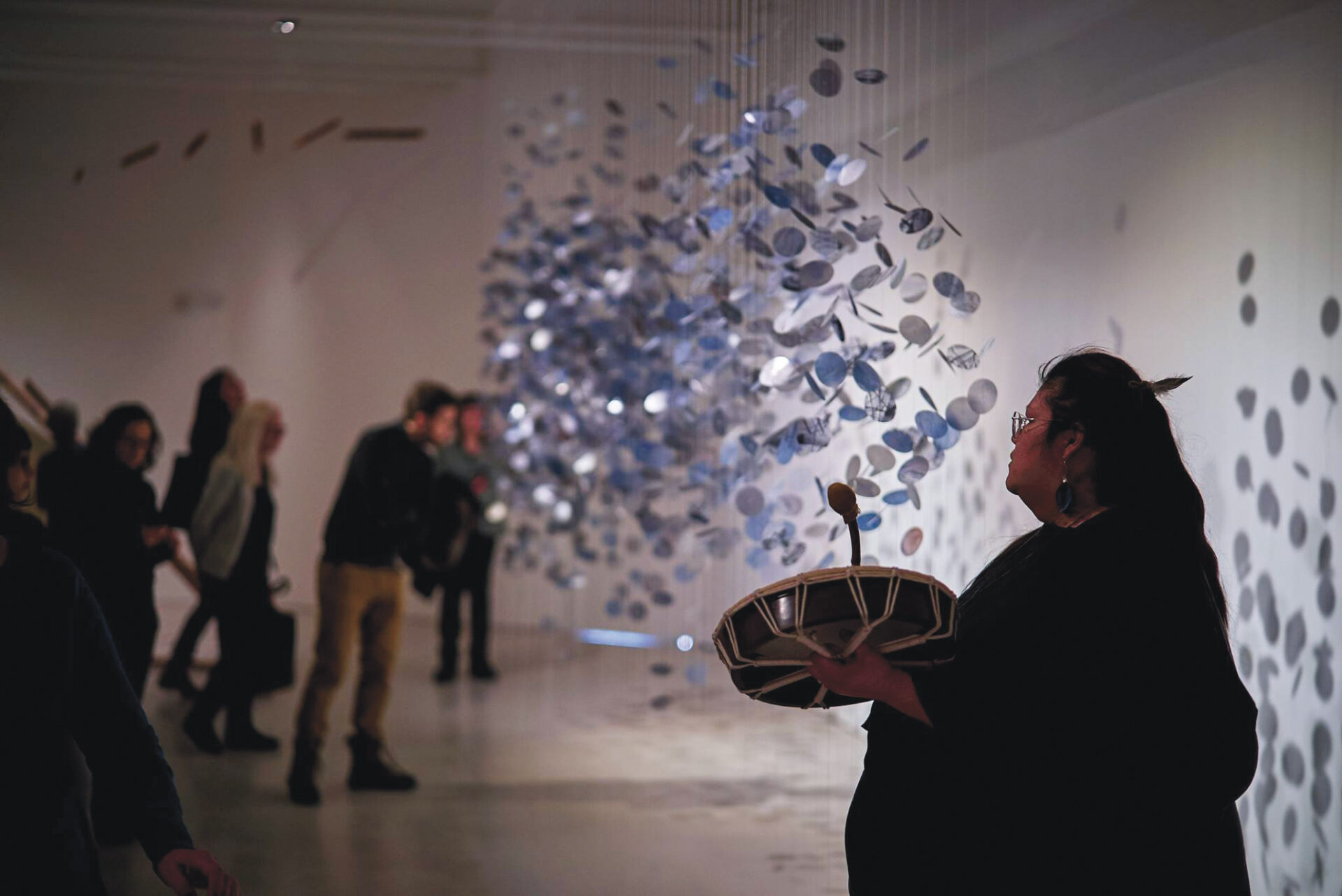
Imagining Otherwise: The Indigenous Curatorial Collective on the Expansive Possibilities of Collective Work
Thinking about collectivity, and particularly the way art collectives are registered as radical, largely because of their marginal status, we can reflect critically on the notion that structure can magically create situations for responsible or revolutionary action. For example, we could ask, where do you go if you already operate on the so-called margins? What if radical action looks like long-term, slow, sustained, and sustainable support work? What if that work requires resources, job titles, and strategic plans? The Indigenous Curatorial Collective / Collectif des commissaires autochtones (ICCA) upholds many of the valued characteristics of collectives — improvisation, spontaneity, autonomy, flexibility, innovation, and utility — but rather than function on the periphery, as many collectives do, the ICCA’s founding members5 5 - Founding members are Barry Ace, Ahasiw Maskegon-Iskwew, Ron Noganosh, Ryan Rice, and Cathy Mattes. See the “History” section of the Indigenous Curatorial Collective (ICCA) <icca.art>. determined within one year of forming in 2005 that they could be more effective by assuming the configuration and trappings of the centre — becoming a non-profit, seeking funding, and formalizing roles. Being an organization embedded in a collective means that those working within its framework are asked to operate under the assumed responsibility that they are beholden to, and to work on behalf of those to whom they are accountable — an ever-expanding community of Indigenous arts and culture workers. In their efforts to support these workers, members of the broader non-Indigenous arts and culture community are extended opportunities to enter into collectivity with the ICCA through, for example, the Institutional Membership Program, national and international conferences and exhibitions, and, most recently, publications.
